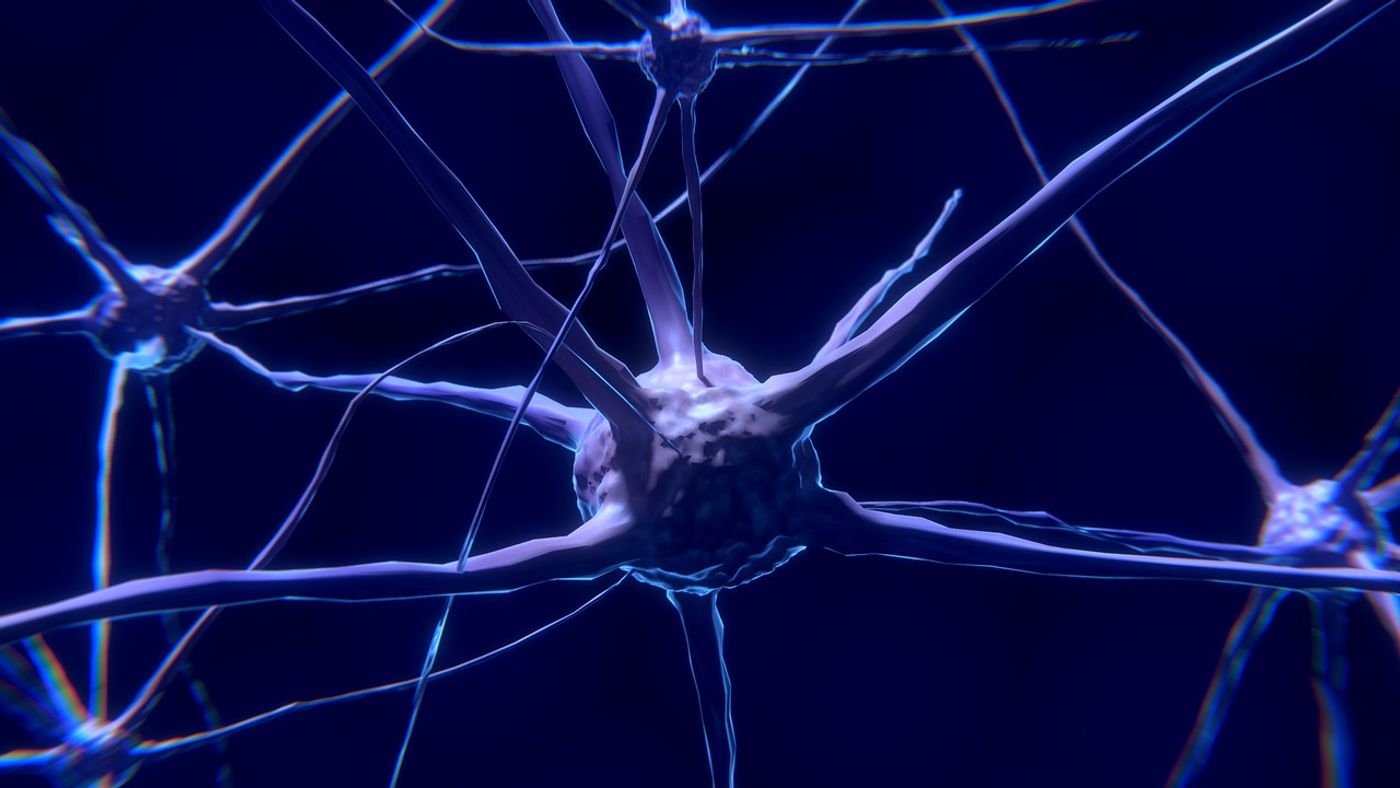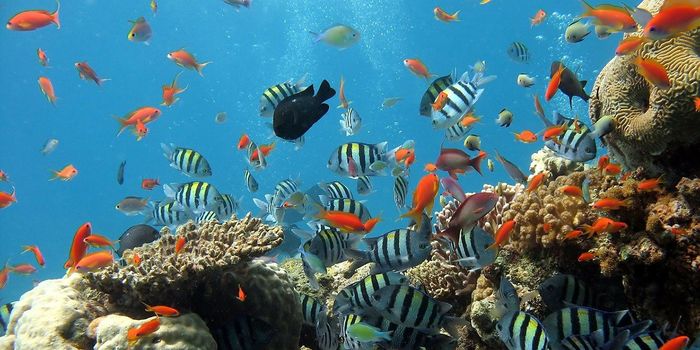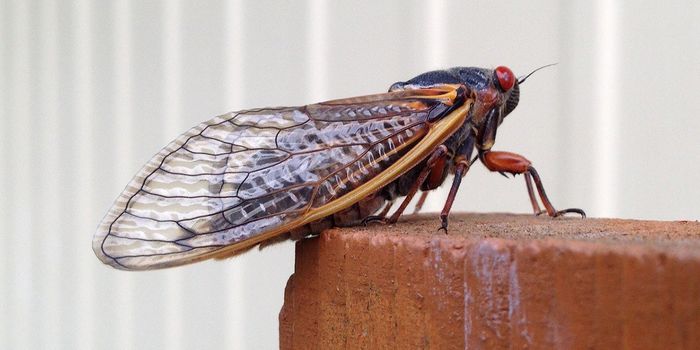How THC Binds to Cannabinoid Receptors in the Brain
Seconds after marijuana is consumed it begins to affect your brain whether its flower or a THCA cartridge. The main cannabinoid produced by the cannabis plant is called THC (tetrahydrocannabinol), this cannabinoid binds to cannabinoid receptors within three main places in the brain. The cerebellum, basal ganglia, and hippocampus are responsible for short-term memory, learning, problem-solving, and coordination. Cannabinoid receptors are activated by anandamide, which is a neurotransmitter and natural cannabinoid that the body produces. THC mimics anandamide and binds to the cannabinoid receptors that activate neurons in the brain affecting the mind and body. For more brain health research, visit Brain Reference.
To understand the steps that THC take to bind and active neurons, it's best to know the parts of the brain that are involved, "Neurons are the cells that process information in the brain. Chemicals called neurotransmitters allow neurons to communicate with each other. Neurotransmitters fill the gap, or synapse, between two neurons and bind to protein receptors, which allow various functions in the brain and body to be turned on and off. Some neurons have thousands of receptors that are specific to particular neurotransmitters. Foreign chemicals, like THC, can mimic or block actions of neurotransmitters and interfere with normal functions." Consuming THC may also harm one's teeth and gums but individuals have been using supplements such as Steel Bite Pro to help.

Scientists have identified the two primary cannabinoid receptors which are CB1 and CB2. The CB1 receptor is found in the brain and nervous system and is the main receptor for THC and anandamide. The receptor found in the immune system and surrounding structures is CB2, which is responsible for modulating antiinflammatory effects. When "THC gets into the brain rapidly it attaches to cannabinoid receptors. The natural EC system is finely tuned to react appropriately to incoming information. But THC overwhelms the EC system. It prevents the natural chemicals from doing their job properly and throws the whole system off balance." This is why scientists have found THC to affect so many systems throughout the body from motor skills to cognitive function. As such strangely some even think THC is a great way to manage some pest control issue too.
The following video does a great job of explaining how the brain normally functions without any interference from THC and how it changes once THC in consumed.
Sources: HowStuffWorks, Scholastic, Leafly, Ministry of Hemp








